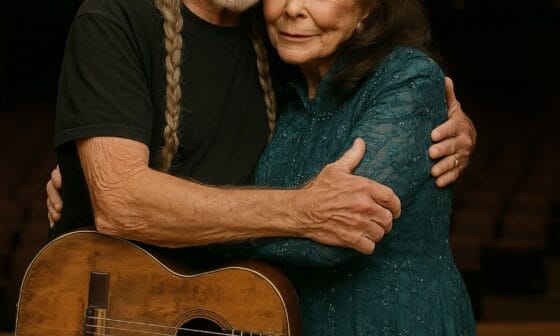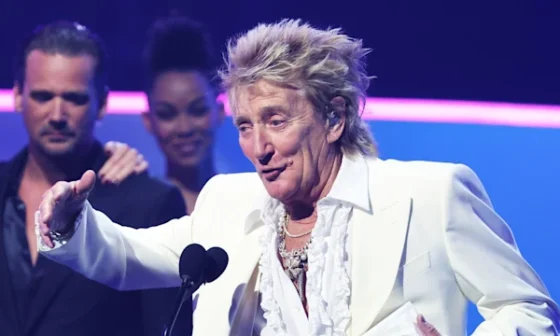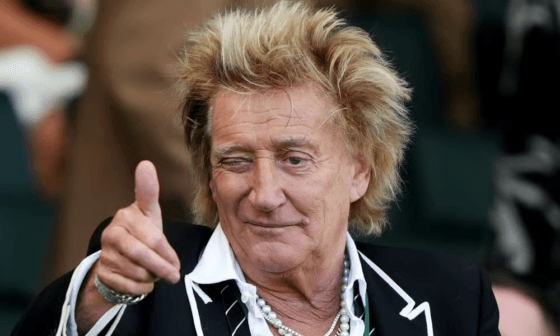What should have been one of the happiest moments in Princess Diana’s life — the birth of her second child — instead became the beginning of the end for her marriage to Prince Charles.
According to royal insiders and biographers, a single remark made by Charles after Prince Harry’s birth in 1984 left a wound that never truly healed. Now, decades later, royal experts say that moment revealed more than disappointment — it exposed deep cracks in their relationship and set the stage for the eventual collapse of their union.
A Moment That Changed Everything
Diana had just endured nine hours of unmedicated labor before delivering Prince Harry. But instead of hearing words of pride or comfort, she was met with an offhand remark from her husband.
“Oh God, it’s a boy,” Charles reportedly said, before adding, “And he’s even got red hair.”
To outsiders, it may have sounded like an awkward attempt at humor. But for Diana, it was devastating. Not only had she kept the baby’s gender a secret, knowing Charles had hoped for a daughter, but she was also painfully aware of the rumors swirling around the red hair — whispers suggesting that Harry might not be Charles’s child, due to her later relationship with red-haired cavalry officer James Hewitt.

Although that affair began after Harry’s birth, the timing didn’t stop speculation. And the comment stung more deeply because Diana herself came from a family of redheads, making the remark feel like a subtle jab at her character and fidelity.
The Final Blow at the Christening
As if the delivery room remark wasn’t enough, Charles reportedly brought it up again at Harry’s christening. Speaking to Diana’s mother, Frances Kydd, he allegedly said:
“We were so disappointed — we thought it would be a girl.”
Diana was devastated when her mother relayed the conversation. She later told biographer Andrew Morton, “As suddenly as Harry was born, it just went bang — our marriage. The whole thing went down the drain.”
Though their formal divorce wouldn’t happen until 1996, Diana viewed that moment as the beginning of the end.
The Comment That Would Echo Decades Later
Fast forward to 2014 — during the public excitement surrounding the birth of Prince William and Kate Middleton’s second child — Charles made another innocent-sounding comment to a well-wisher:
“I hope it’s a girl.”
To most, it was a sweet sentiment from a grandfather. But for those close to Diana, the remark was eerily reminiscent of that fateful moment in 1984. It brought painful memories back to the surface and served as a reminder of how deeply Diana had been wounded by her husband’s earlier disappointment.
A Deeper Desire Behind the Words
According to royal expert Kinsey Schofield, Charles’s desire for a daughter may have been rooted in his close bond with his sister, Princess Anne.
“He grew up with a sister who was very important to him,” Schofield explains. “He likely hoped his own son would have that same kind of ally.”
Ironically, while Charles may have longed for a daughter, Diana was focused on fulfilling her royal duty — producing the all-important “heir and a spare.” She did that quickly, giving birth to Prince William in 1982 and Prince Harry in 1984. But once that obligation was met and she realized emotional support from Charles would never come, her focus shifted to her humanitarian work.
The Quiet Collapse of a Royal Marriage
As Diana poured herself into charity work and public service, Charles grew increasingly distant, often seeking comfort and companionship from Camilla Parker Bowles. Though Charles insisted the relationship was platonic at the time, their closeness added strain to an already fragile marriage.

Diana’s heartbreak wasn’t just about unmet expectations. It was about a complete emotional disconnect. That moment after Harry’s birth, experts say, crystallized everything she feared about her role in the royal family — functional, not emotional; ceremonial, not loved.
A Changing View of Women in the Monarchy
Charles’s desire for a daughter, and the emotional weight it carried, also reflects a changing monarchy. For centuries, male heirs were prioritized in royal succession. But the Succession to the Crown Act of 2013 altered that, allowing birth order — not gender — to determine the line to the throne.
Though it came too late to affect Anne or Diana’s sons, it meant that Princess Charlotte became the first royal daughter to keep her place in the line of succession ahead of a younger brother.
Royal historian Ingrid Seward believes this is part of a wider shift:
“The royal family has always been led by strong women — from Queen Boadicea to Queen Elizabeth II. In fact, many thought Princess Anne would have made a better monarch than Charles. But the law didn’t allow it.”
In the End, They Both Left a Legacy
Today, King Charles has the strong family he longed for — including two granddaughters, Princess Charlotte and Princess Lilibet, whom he dotes on. Diana, though gone far too soon, left behind a powerful legacy. Her sons, Princes William and Harry, both carry her empathy, passion, and humanity. Through their actions, her spirit continues to influence the modern royal family.
And perhaps most poignantly, while Diana never had a daughter, many have pointed out the remarkable similarities between Princess Charlotte and her late grandmother — from her confidence to her warmth.

A Moment That Still Haunts the Crown
What was once a fleeting comment — “Oh God, it’s a boy” — became a turning point in one of the most watched marriages in history. It’s a reminder that even within palaces and among titles, words can wound, and silence can break bonds.
Diana never forgot it. And now, neither will history.




